Bad posture is a persistent problem for many people. The symptoms of bad posture can include tension headaches, neck pain, shoulder pain, and back pain. Bad posture can be caused by factors such as stress, incorrect body alignment, and weak muscles. The treatment for bad posture includes changing the factors that cause it, practicing good posture habits, and using corrective devices or exercises.
A great number of people suffer from the negative effects of bad posture and yet do not change the factors of their lives which cause them the problem. Postural dysfunction or “Poor” posture is defined as when our spine is positioned in unnatural positions. This can be due to incorrect alignment of bones, muscles, ligaments and tendons.
It can also be caused by excessive load on the structures supporting the spine. Poor posture can lead to pain in the neck, shoulders, lower back and hips. It can also lead to headaches, fatigue and problems with breathing and circulation.
Painful conditions associated with poor posture
There are a number of painful conditions which can be associated with poor posture. These include tension headaches, neck pain, shoulder pain and back pain. All of these conditions are caused by the strain that is put on the muscles, ligaments and joints as a result of bad posture.
Low back pain is one of the most common problems that people experience. It is often caused by bad posture, which puts strain on the muscles and ligaments in the back. Other causes of low back pain include obesity, pregnancy and stress.
The best way to treat low back pain is to identify and address the cause. This may involve making changes to your lifestyle, such as improving your posture, losing weight or reducing stress levels. You may also need to see a doctor or physiotherapist for treatment.
Contributing Factors To Postural Dysfunction
There are many contributing factors to postural dysfunction. Poor posture can be caused by many things, such as incorrect working habits, incorrect sleeping habits, incorrect carrying habits, and stress. In order to correct poor posture, it is important to identify the contributing factors and make changes to address them.
Lack of education or awareness of correct posture
Sedentary lifestyle
Occupational demands
Joint stiffness
Decreased fitness
Muscle weakness
Muscle tightness
Poor core stability
Physiotherapy treatment may significantly help to minimise, if not eliminate, postural dysfunction. Most patients will experience decreased pain once their posture is corrected. This is because the body is working more efficiently and effectively when in good alignment. Posture is not only a cosmetic consideration, but also has a profound impact on overall health and well-being.
Physiotherapy Treatment May Include:
Assessment and diagnosis of postural habits
Postural education and training
Manual therapy and soft tissue massage
Postural taping
Joint mobilisation
Corrective exercises and movements to improve flexibility, strength and posture
Activity modification advice
Advice regarding ergonomic work stations
Does any of the above problems or symptoms sound familiar to you? DON’T suffer from bad posture any more when you can stop the ill effects today by coming to see one of our physiotherapists who can start you on the path the great posture. Book an appointment with us today and don’t waste any more time slouched over over your desk in work!
Article – Phoenix






